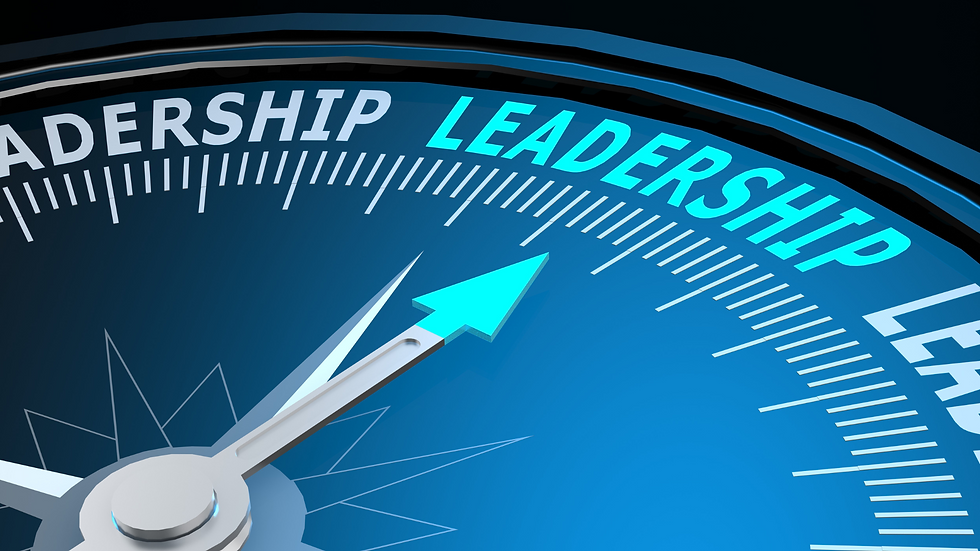Your Team Isn't Dysfunctional. It's Misaligned.
- AstutEdge Resource Center
- Aug 1
- 2 min read
Teams rarely fall apart because people lack talent. What typically causes breakdowns is something more structural like a lack of alignment that quietly undercuts trust, clarity, and execution.

When things go sideways, leaders often reach for familiar labels. Dysfunction. Personality clash. Communication breakdown. But most of the time, what looks like dysfunction is just misalignment. And that’s good news, because alignment is fixable.
What Alignment Actually Means
Alignment happens when a team shares a clear understanding of its:
Purpose
Priorities
Roles
Decision-making processes
Norms and behaviors
When those elements are coherent and visible, friction decreases and performance becomes repeatable. But when they’re murky, teams start to feel stuck. Meetings become circular. Collaboration gets inconsistent. Tensions grow and trust erodes, even when everyone has good intentions.
Misalignment Feels Personal, But It’s Not
People tend to internalize workplace friction. When a team struggles, members often assume someone isn’t pulling their weight or contributing in the right way. But high-performing individuals can still produce lackluster results when the team’s frame is unclear.
Misalignment can look like:
Repetitive conversations without resolution
Different interpretations of what success looks like
Vague or duplicated ownership of key workstreams
Confusion about who decides what, and when
These aren’t signs of failure. They’re signals that something important hasn’t been clarified.
The Cost of Working Around the Problem
When alignment issues persist, leaders often try to manage around them. They move people. Reassign tasks. Increase oversight. In some cases, they even bring in new personalities, hoping to fix the chemistry.
But chemistry isn’t the problem. The problem is the absence of shared clarity.
Working around misalignment adds layers of complexity. It slows decision-making. It places more pressure on a few high performers. And it increases the chances of burnout and disengagement — not just for one person, but for the whole group.
Fixing Alignment Starts with Visibility
Before launching into team-building exercises or personality diagnostics, start with an assessment of alignment. Consider asking:
Does the team share a common purpose beyond completing tasks?
Are we solving for the same priorities, or are they competing?
Is ownership of outcomes clear across the group?
Do we have agreed-upon norms for how we work together and make decisions?
The answers can reveal where expectations diverge. From there, alignment becomes a practical effort, not a philosophical one.
Alignment Is a Leadership Responsibility
It’s not the team’s job to guess its way to clarity. Leaders play a critical role in setting the frame and reinforcing it over time.
Alignment requires intentional conversations, not one-time declarations. It’s built in regular check-ins, feedback loops, and cross-functional interactions. When leaders make alignment a habit, teams become more resilient, adaptive, and effective.
.png)


